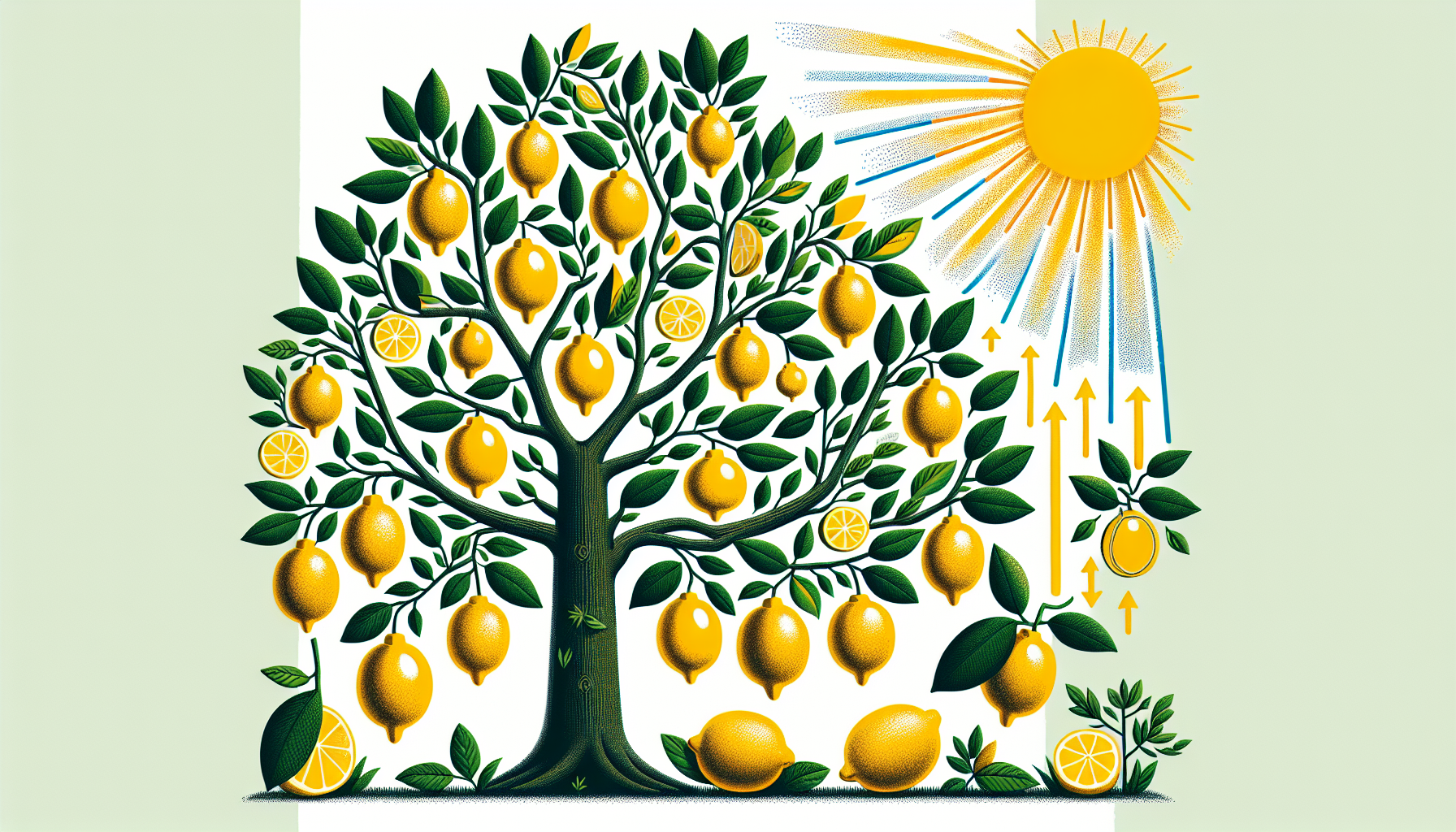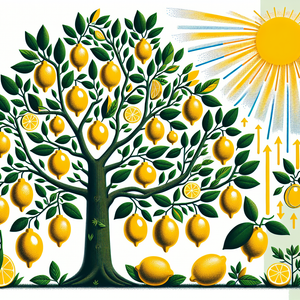Beyond Words: The Cultural Nuances in Google Translate

Language transcends mere vocabulary; it encapsulates culture, values, and shared experiences. Idioms, in particular, carry meanings that are deeply embedded in specific cultural contexts, often rendering direct translations misleading. For instance, the English idiom "kick the bucket," which colloquially means to die, would leave a Spanish speaker baffled if translated literally. Instead, a culturally appropriate equivalent would be "estirar la pata," which conveys the same sentiment through a different metaphor. Google Translate has made significant strides in navigating these cultural nuances. However, challenges persist. For instance, the phrase "it's raining cats and dogs," which describes heavy rainfall, would confuse a Spanish speaker if translated literally. Google Translate often opts for "está lloviendo a cántaros," meaning "it's raining from pitchers," a culturally relevant expression that effectively communicates the intensity of the rain.
The Limitations of Literal Translation
One of the major pitfalls of Google Translate is its inclination toward literal translations, which overlook the subtleties inherent in language. For example, take the English idiom "to break the ice," meaning to initiate conversation in a social setting. A direct translation into Spanish, "romper el hielo," might be understood literally, losing the idiomatic essence. While Google Translate attempts to provide context-aware translations, it can fall short, leading to miscommunication. Consider another example: the English phrase "to spill the beans," meaning to reveal a secret. A literal translation to Spanish might yield "derramar los frijoles," which would likely confuse the audience. Instead, a more idiomatic expression in Spanish would be "dar el soplo," which captures the essence of the phrase accurately. This illustrates the delicate balance that Google Translate must navigate between literal translation and cultural fidelity.
How Google Translate Addresses Cultural Nuances
In recent years, Google Translate has harnessed machine learning algorithms that enable it to learn from user interactions and improve translations over time. By analyzing vast amounts of multilingual data, the tool can identify common idiomatic expressions and cultural references, offering suggestions that more closely reflect the intended meaning. Additionally, Google Translate has introduced features that allow users to provide feedback on translations, enhancing its ability to learn from real-world usage. This crowdsourced approach allows the platform to adapt to the evolving nature of language, integrating slang, colloquialisms, and culturally specific phrases that vary across contexts.
Examples of Success and Challenges
Despite its advancements, Google Translate still faces challenges when it comes to cultural nuances. For instance, translating marketing materials or literature is particularly high-stakes. A company launching a product in a Spanish-speaking country must ensure that its messaging resonates culturally; a misstep could lead to misunderstandings or even offend potential customers. Conversely, there are instances where Google Translate has successfully captured cultural nuances. In translating literary works, for example, the platform can offer insights into an author’s voice while maintaining the essence of the story. Writers and translators have leveraged Google Translate as a preliminary tool, using it to generate ideas and refine their work, thereby blending technology with human creativity.
Google Translate has transformed the way we communicate across languages, yet it remains a tool with inherent limitations, particularly regarding cultural nuances. While the platform has made significant strides in understanding idioms and phrases, it continues to grapple with the intricacies of language that vary from culture to culture. As users, it is crucial to approach translation with an awareness of these nuances, recognizing that language is a living, evolving entity shaped by the cultures that speak it. As we navigate an increasingly multilingual world, the collaboration between technology and human insight will be vital in bridging the gaps that exist in translation. By embracing the complexities of language and culture, we can foster better communication and understanding among diverse communities, paving the way for a more connected world.
Localization Project Manager
Microsoft, Adobe, Netflix
Core Responsibilities
Oversee the translation and localization of digital content to ensure cultural relevance and accuracy.
Coordinate with language specialists, translators, and other stakeholders to meet project deadlines and quality standards.
Develop and maintain project timelines, budgets, and resource allocation plans.
Required Skills
Strong understanding of localization processes and tools (e.g., CAT tools, TMS).
Excellent communication and organizational skills; proficiency in multiple languages is a plus.
Experience with project management methodologies (Agile, Scrum) and familiarity with software development cycles.
Cultural Consultant for Translation Services
Coca-Cola, Unilever, Airbnb
Core Responsibilities
Provide insights on cultural nuances and sensitivities in language translation projects, ensuring messages resonate with target audiences.
Collaborate with linguists to adapt marketing materials, social media content, and user interfaces for different cultural contexts.
Conduct workshops or training sessions for teams on cultural competence and effective communication strategies.
Required Skills
In-depth knowledge of cultural practices and idioms in relevant languages.
Strong analytical and research skills; ability to apply cultural insights to practical scenarios.
Experience in marketing or communication fields, with a focus on cross-cultural understanding.
Machine Learning Engineer for NLP Applications
Google, Amazon, IBM
Core Responsibilities
Develop and optimize algorithms for natural language processing (NLP) tasks, including translation, sentiment analysis, and text summarization.
Collaborate with linguists and data scientists to improve machine learning models based on real-world language usage.
Analyze large datasets to identify patterns and enhance the accuracy of language models.
Required Skills
Proficiency in programming languages such as Python or Java, along with experience in machine learning frameworks (e.g., TensorFlow, PyTorch).
Strong understanding of linguistic principles and their application in NLP.
Familiarity with language data preprocessing techniques and evaluation metrics.
Bilingual Content Strategist
Marketing agencies, e-commerce brands, media companies
Core Responsibilities
Create and manage content strategies for multilingual audiences, ensuring cultural relevance and engagement.
Conduct market research to understand audience preferences and tailor content accordingly.
Collaborate with creative teams to develop campaigns that resonate across different languages and cultures.
Required Skills
Exceptional writing and editing skills in at least two languages; a deep understanding of cultural contexts is essential.
Experience with content management systems (CMS) and SEO best practices for multilingual content.
Strong analytical skills to assess content performance and make data-driven decisions.
Translation Quality Assurance Specialist
Language service providers, multinational corporations, tech companies
Core Responsibilities
Review translated content for accuracy, consistency, and cultural appropriateness, providing feedback to translators.
Develop and implement quality assurance processes to enhance translation quality across projects.
Collaborate with localization teams to address any linguistic issues and ensure client satisfaction.
Required Skills
Strong linguistic skills in source and target languages, with a keen eye for detail.
Familiarity with translation workflows and quality standards (e.g., ISO 17100).
Experience with QA tools and software used in the translation industry.


